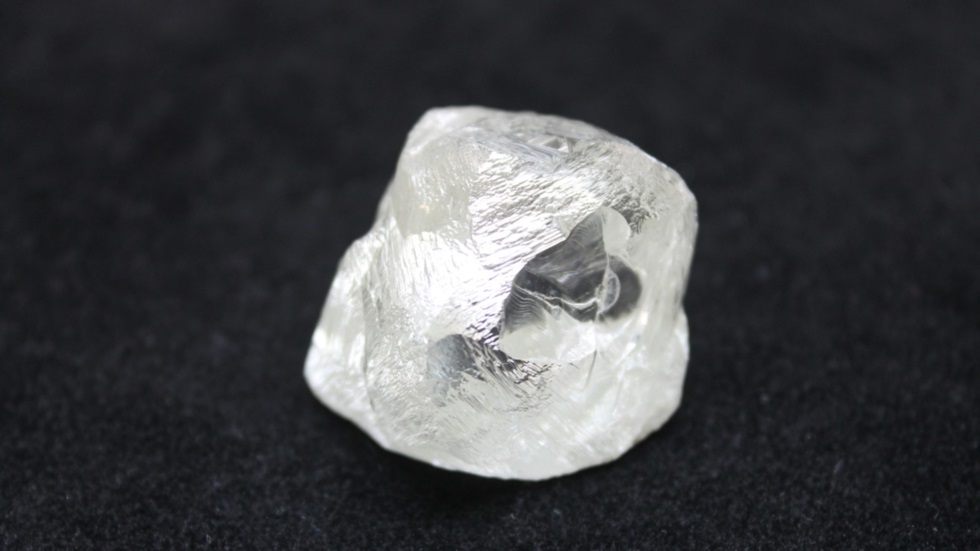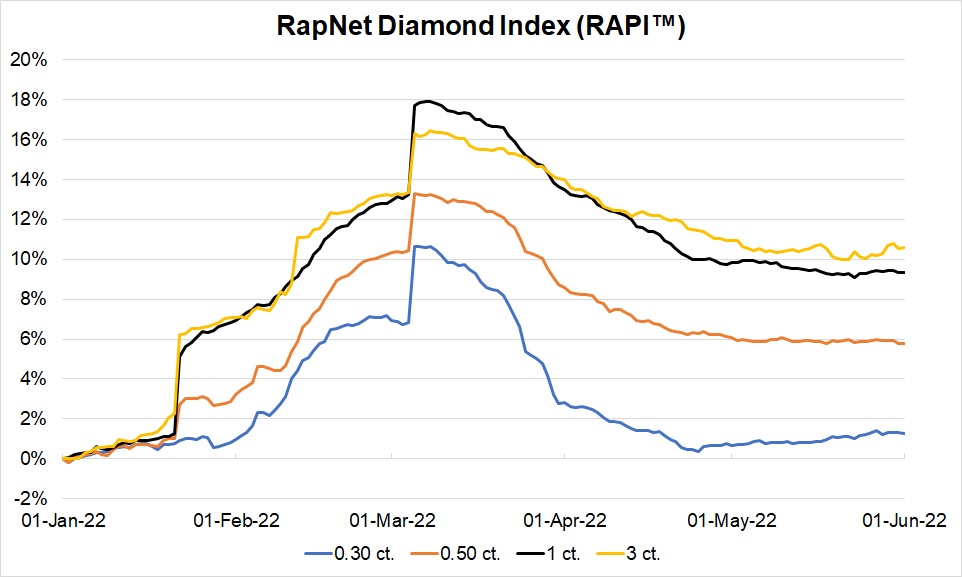
China has joined Russia in opposing an effort to redefine conflict diamonds to include those sold by individual nations, as a rift between Western and pro-Russia nations jeopardizes the process for certifying rough diamonds as conflict-free.
Ukraine, Australia, Britain, Canada, the European Union, the United States and civil society groups were pushing to place Russia on the agenda at this week’s Kimberley Process (KP) meeting in Botswana and to broaden the KP’s definition, under which only gems funding rebel movements are “conflict diamonds”.
Russia, the world’s biggest producer of diamonds, has said the situation in Ukraine has “no implications” for the Kimberley Process.
China agrees that the Ukraine issue falls outside the scope of the KP, the country representative told the meeting, according to three sources. China joins Belarus, Central African Republic, Kyrgyzstan and Mali in backing Russia’s stance within the body, which seems unlikely to come to any agreement.
“It’s clear that this is posing really an existential crisis for the Kimberley Process,” said Hans Merket, a researcher at Belgian non-governmental organisation IPIS, who is a member of the civil society group.
“It has become impossible to even discuss the KP’s problems and shortcomings, let alone that there would be any room for convergence on how they can be addressed.”
China’s KP representatives did not respond to an emailed request for comment.
The KP certification scheme, designed to eliminate the trade in so-called “blood diamonds”, was set up in 2003 after devastating civil wars in Angola, Sierra Leone, and Liberia, which were largely financed by the illicit diamond trade.
The Kimberley Process Civil Society Coalition and some member states have been arguing to broaden that definition for years, but it is difficult to do as the KP makes decisions by consensus.
Jacob Thamage of Botswana, the current KP chair, said that more participants now believe reform is needed.
Source: mining.com










